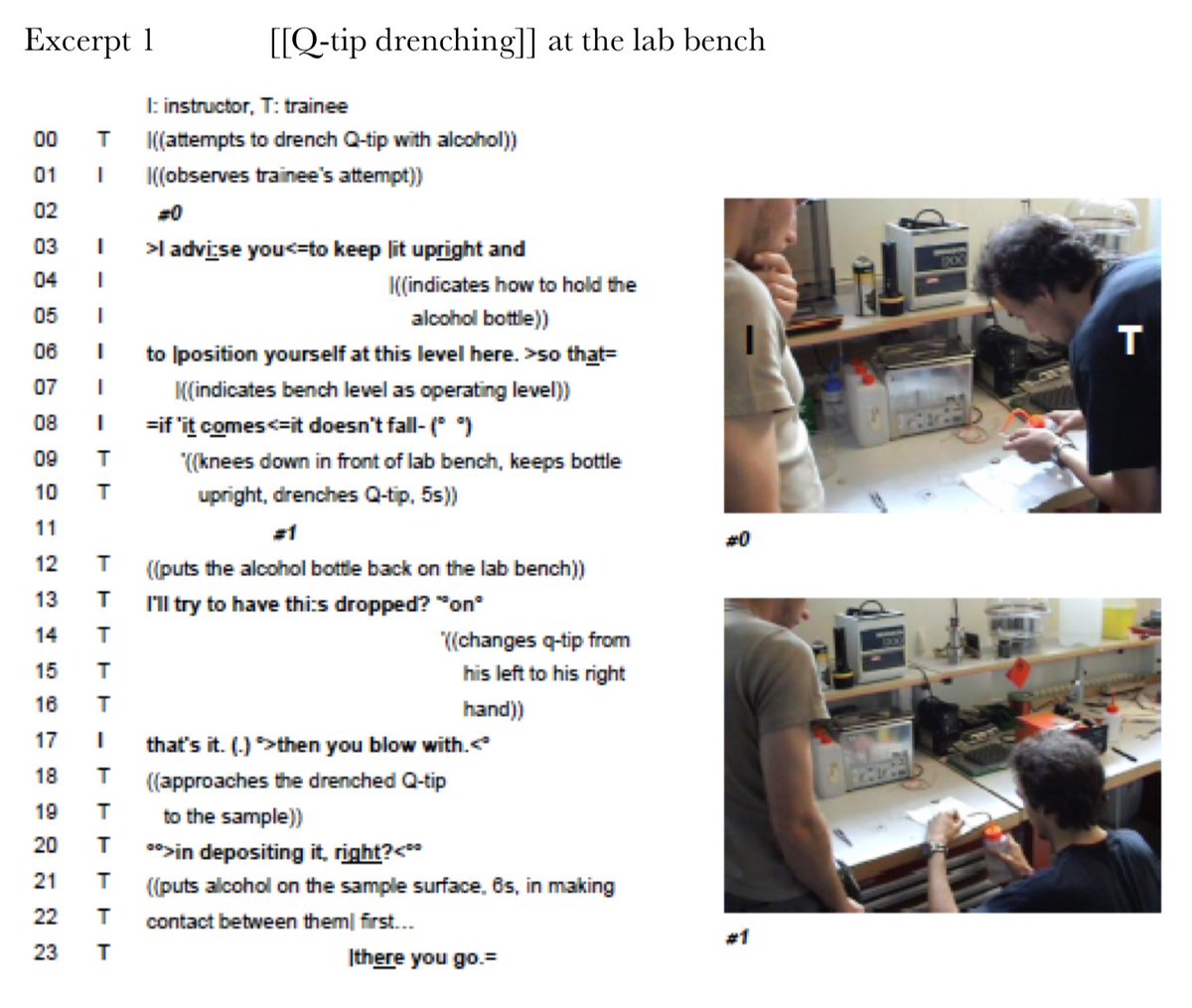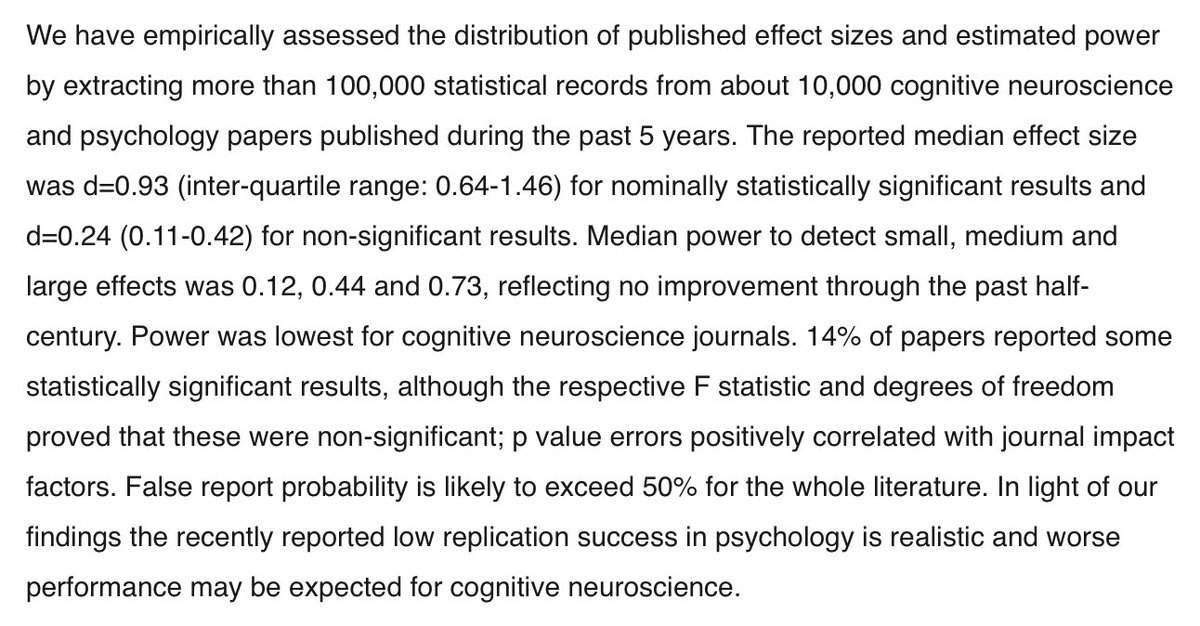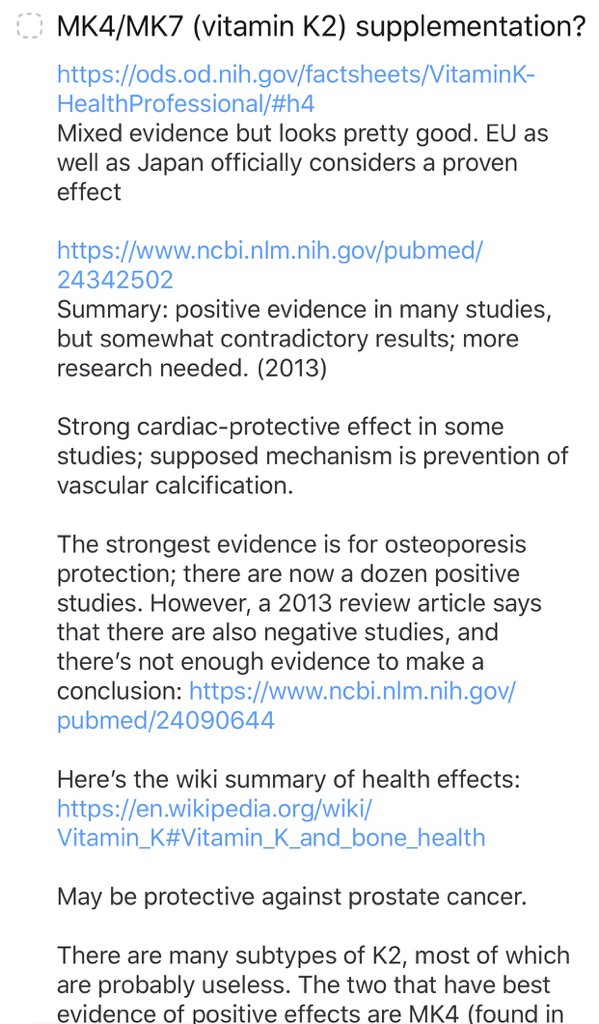If you want to find out how science works, you have to watch scientists doing it. (Not make plausible stuff up and rationalizing it.)
Learning an embodied know-how skill: getting the right amount of alcohol on the Q-tip used to clean a microscopy sample.
fupress.net/index.php/smp/…
Learning an embodied know-how skill: getting the right amount of alcohol on the Q-tip used to clean a microscopy sample.
fupress.net/index.php/smp/…

You can also go into the lab and try doing science yourself. It’s not as easy as it looks!
When I developed robotics and analysis software for chemists and biologists, I insisted on doing some wet experiments myself, to get a *felt sense* of what their needs were.
When I developed robotics and analysis software for chemists and biologists, I insisted on doing some wet experiments myself, to get a *felt sense* of what their needs were.

Statistician @betanalpha, consulting for malaria vaccine development project, dissected salivary glands of mosquitos under a microscope and counted the parasites, to make sure he understood what the data he was analyzing meant. #respect
h/t Matt Simpson
soundcloud.com/dataframed/rob…
h/t Matt Simpson
soundcloud.com/dataframed/rob…
• • •
Missing some Tweet in this thread? You can try to
force a refresh







